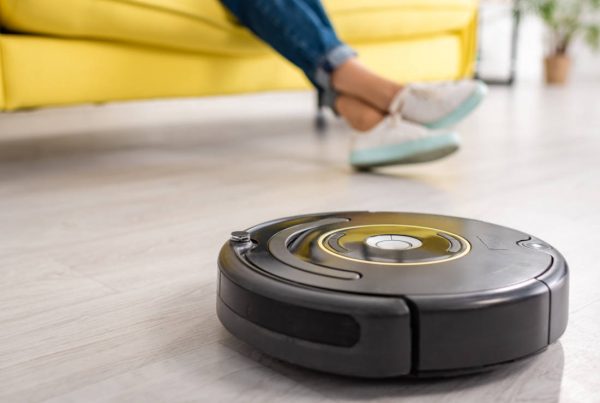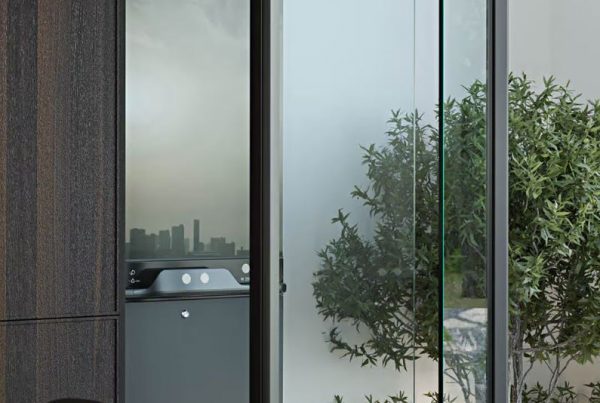A senior-friendly kitchen is the key to independence for ageing Australians. After all, self-catering is an unavoidable daily chore for older adults who wish to continue living at home.
However, cooking—and washing the dishes—becomes increasingly challenging as we age and start to lose our strength, coordination, and flexibility. But with a few simple modifications, it’s possible to future-proof a kitchen to facilitate easy use in the coming years.
We’ve put together a list of handy tips so you can create a senior-friendly kitchen for your twilight years. That way, you can unleash your inner master chef and remain living at home as long as possible.
Install Slip-Resistant Floors
Falls are the number one cause of injury-related hospitalisation in Australia, and the elderly make up the vast majority of patients. Opting for a non-slip surface like porcelain or vinyl can reduce the likelihood of a dangerous fall.
But there’s no need to rip up your entire flooring. A simple non-slip mat by the sink can make a massive difference.
Round Down The Edges
We bruise much easier as we get older. And one of the most common kitchen mishaps is banging your elbow on the bench top or shelves.
A sharp 90-degree angle will cause a lot more agony than a soft rounded edge. If sanding down your corners isn’t feasible, consider installing rubber edge protectors instead.
Install Slide-Out Draws
Slide-out draws reduce the need to bend down and rummage through your kitchenware. When pulling a storage draw outwards, you can quickly gauge where your desired items are and retrieve them with minimal effort. The same concept applies to the pantry.
Slide-outs aren’t just about convenience. The system eliminates the need to climb onto a stool to reach up-high items, which could save you from a nasty fall.
Rearrange Your Storage
Slide-out or not, sifting through a draw to find a far-flung item is no easy feat for the elderly. A cost-free modification is rearranging your kitchen storage to ensure the most commonly used items are always within easy reach.
For hassle-free access, aim to place your daily-use cookware between waist and shoulder height.
Reconsider Your Draw Handles
A traditional round knob handle can be hard for the arthritic hand to grasp and pull. Replacing these small pull knobs with wide D-shaped drawer handles will make accessing your gear a whole lot easier.
Install a Shallow Sink
Deep kitchen sinks require you to bend over whenever you need to rinse vegetables or scrub pots. That act exerts unnecessary pressure on the back, which can result in long-lasting damage or pain. Installing a shallow sink—15 to 20 cm is ideal—will make cooking and cleaning more comfortable.
Speaking of sinks, ensure yours isn’t located too far from the stove. The last thing an elderly person wants is to carry a heavy pot of boiling hot water all the way across the kitchen.
Furthermore, consider replacing your twist-knob tap fixture with a lever, as these are easier for the elderly to use. People with limited mobility could get a motion-activated tap instead.
Update Your Lighting
Our sight is one of the first senses to suffer the onset of old age. As a result, poor lighting in the kitchen can become a nuisance and a safety hazard for seniors.
Replacing dim old globes with bright LED lights will make an immediate impact. Consider installing task lighting for extra illumination in high-use areas like the stove and benchtop.
Put Your Microwave at Bench Top Height
Bending down or reaching up to access your microwave puts extra strain on the body, including your already fragile back. Move your microwave to benchtop height to facilitate easy access.
If you’ve got an inconveniently-placed built-in microwave, it might be worth removing it and placing a less-commonly-used appliance in the available space.
Optimise Your Corner Storage
The classic blind corner cabinet can quickly become tiresome for older people who struggle to bend down and rummage through its hard-to-reach contents.
Although you may lose some storage space, consider switching to a more age-friendly option like a three-drawer slide-out or a Lazy Susan.
Consider Your Clearance
The standard amount of clearance in a kitchen is 90 cm, enough for a regular person to comfortably squeeze through. If you’re in a wheelchair, however, the recommended minimum amount of clearance is 120 cm.
In areas where a wheelchair user may have to perform a 180-degree turn (such as a U-shape kitchen), allow at least 180 cm.
Adopt Contrasting Colours
Contrasting colours can help an elderly person spot difficult-to-see details from a distance. For example, placing a bright red mark on the knob of your white stove top will let you check whether it’s been turned off from across the room.
Consider placing bright tapes to mark the edge of the floor or puffy paint to highlight key details on your frequently used appliances.




